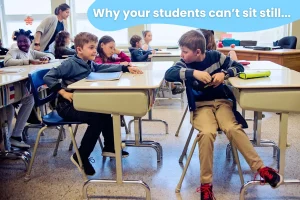
- Trusted by Over 2000 Schools Nationwide
- Top-Rated PD Provider ★★★★★ 4.77
- Save with our Kits & Packages – Shop Now! →
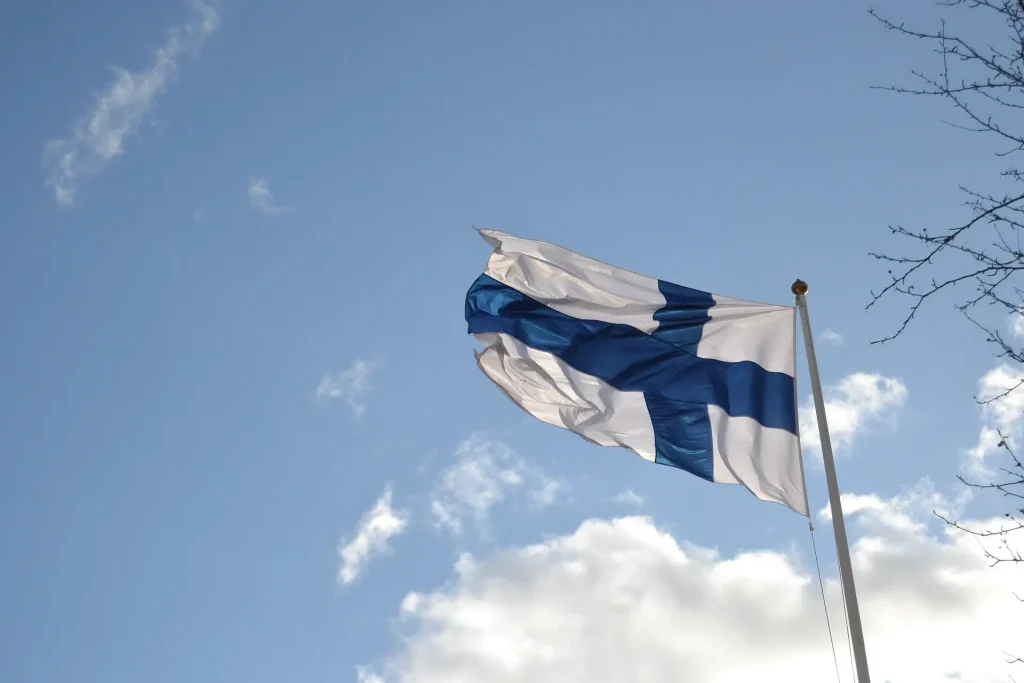
The contrast between Finland and US education is striking. This report provides a detailed comparative analysis of these two distinct educational systems and philosophies. It explores the interesting and often surprising differences in their fundamental structures, core principles, teacher training methodologies, curriculum design, and, ultimately, academic performance and outcomes.
Given Finland’s education ranking and the unique approach of the Finnish education system, understanding these differences offers valuable insights for educational reform and policy development in both nations. This analysis looks to challenge preconceived notions about effective educational practices, especially when considering the education system in Finland vs the USA. For those hoping to understand education in Finland and how it compares globally, let’s get into the details.
Education in Finland is unique, and its system consistently performs well in international education rankings. But what exactly makes Finland’s education system so favorable and successful, especially compared to the US?
According to the Organisation for Economic Co-operation and Development (OECD), the United States spends approximately 23% more than Finland on education per primary student. The statistics published by the Statista Research Department in December 2020 show the US had an annual expenditure per primary student of $14,321, while Finland’s annual expenditure per primary student was $11,212.
Every quarter, the nonprofit group New Jersey Minority Educational Development (NJMED) ranks over 200 nations’ education systems. The project, known as the World Top 20 Poll, evaluates data indicative of quality education access and safe learning environments.
Specifically, the project considers school enrollment rates, school completion/graduation rates, test scores, and student-to-teacher ratios. In 2025, Finland ranked #8, while the US sits at #31. Notably, Finland has maintained consistently high rankings since the project’s inception in 2013, solidifying the reputation of Finland’s education ranking.
So, given that the US spends 23% more on education per primary student than Finland, why does the Finnish education system continually rank higher than the US? Comparing the Finland and US education systems raises critical questions about educational efficiency and effectiveness.
Ready to bring movement-based learning to your core subjects? Discover our Math and Literacy Kits, designed to ignite engagement and boost student achievement.
Our kits supplement your curriculum and provide comprehensive resources for:
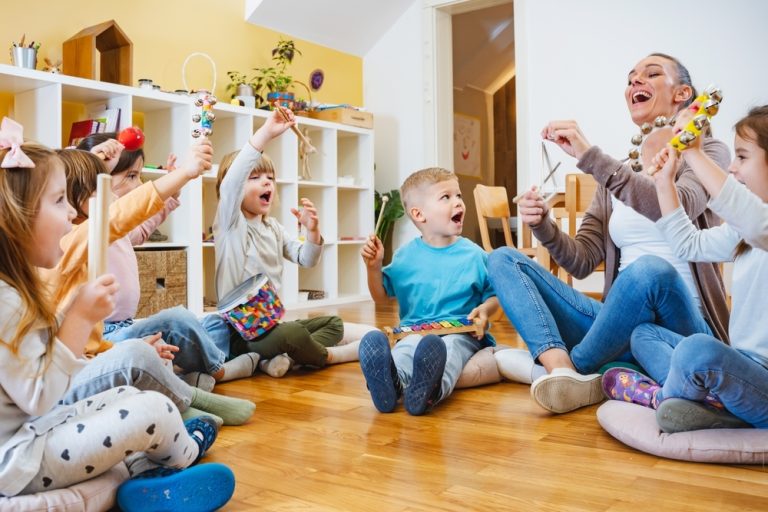
The education system in Finland and the USA differ in their fundamental approaches. Finland’s educational philosophy emphasizes equal opportunities for all, grounded in the belief that education is a fundamental right. This principle, enshrined in the Finnish constitution, reflects a strong societal commitment to equitable education.
Unlike the United States, where education involves a mix of publicly funded traditional and charter schools, Finland’s system is predominantly publicly funded, with a different approach to private institutions. In Finland, private schools exist, but they operate under regulations and receive funding that closely aligns with public schools.
Finland also supports its students with comprehensive services, including free meals, transportation, and healthcare, encompassing nurses, dentists, psychologists, and social workers, all provided at no cost. Teachers in Finland are highly respected and receive fair compensation, contributing to a stable and motivated teaching workforce.
A critical aspect of Finland’s educational system is its unique structure. Formal schooling begins at age seven, preceded by universal preschool and daycare. Finland emphasizes early childhood development through play-based learning, setting a strong foundation for future academic success. This contrasts with the US system, where approaches to early childhood education and the use of play-based learning can vary more widely.
Compulsory education in Finland extends to age 18, and the system embraces experimental teaching styles, minimizing homework and eliminating national standardized testing during basic education.
Related Reading: Equity in Education: Closing Achievement Gaps in Your District
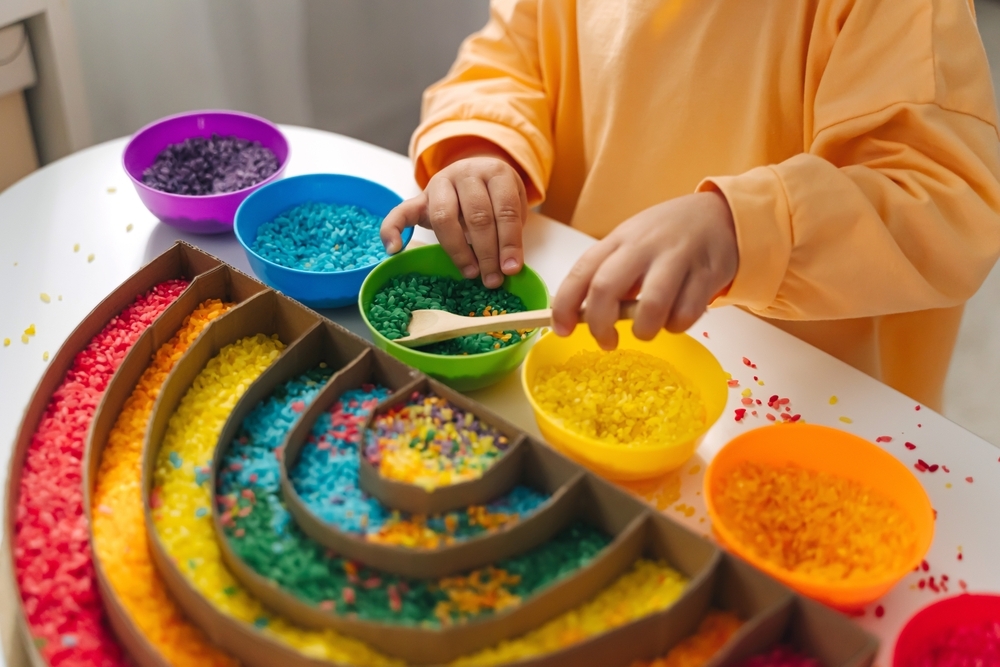
Finland’s model of education prioritizes play and joy, particularly in early childhood. Education up to age seven is predominantly play-based, encouraging social, emotional, and cognitive development. This approach, combining free and teacher-directed play, helps students build relationships, enhance communication skills, develop independence, and learn to manage risks.
Outdoor play in nature is also emphasized year-round, integrating physical activity and environmental awareness into the curriculum. That focus on play aligns with the Finnish educational philosophy that learning should be engaging and enjoyable.
“Children learn so well through play… They don’t even realize that they are learning because they are so interested,” explains Anni-Kaisa Osei Ntiamoah, a Finnish preschool teacher. Her school’s director agrees, “It’s not a natural way for a child to learn when the teacher says, ‘Take this pencil and sit still.'”
Movement and social-emotional growth are intrinsically linked in Finnish education. Arja-Sisko Holappa, a counselor for the Finnish National Board of Education, states, “Play is a very efficient way of learning for children. And we can use it in a way that children will learn with joy. There’s an old Finnish saying: those things you learn without joy you will forget easily.”
Finnish law mandates 15 minutes of play for every 45 minutes of formal instruction, resulting in improved student behavior, enhanced attention spans, and better overall academic performance. As Pasi Sahlberg notes, the primary goal of kindergarten is “not to prepare children for school academically, but to make sure they are happy and responsible individuals.”
The outcomes of this approach are reflected in Finland’s education ranking and student success rates. 88% of Finnish children participate in early childhood education, 99% complete secondary school, and 87% graduate high school, demonstrating the effectiveness of Finland’s educational strategies. The approach to education in Finland underscores the importance of a holistic, child-centered approach that prioritizes well-being and engagement.
Related Reading: Strategies to Foster a Growth Mindset for Kids in the Classroom
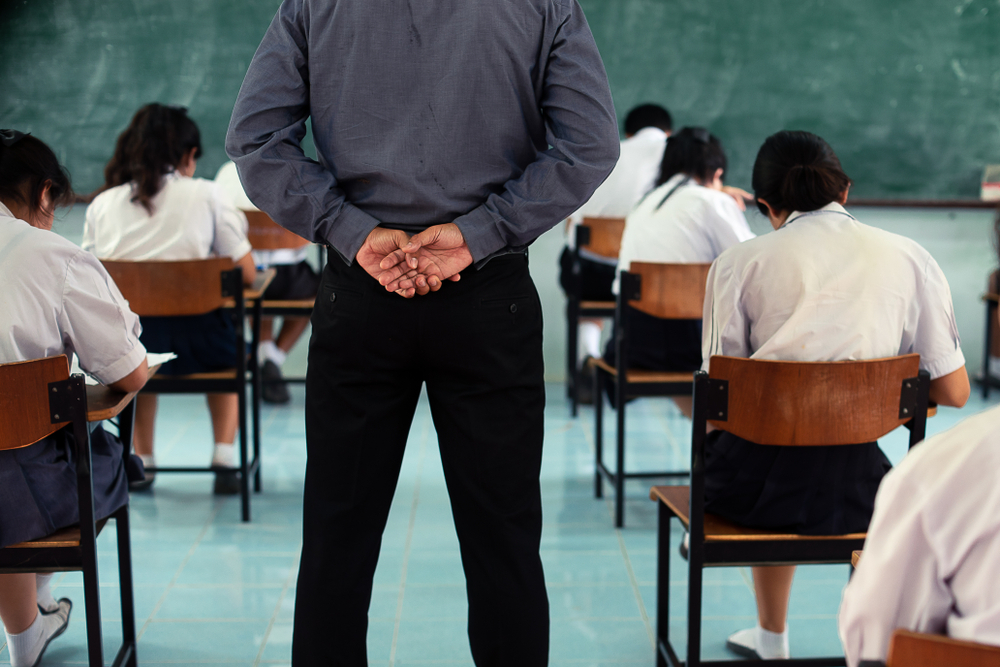
In the context of Finland vs. US education, the teaching profession in Finland stands out for its high prestige, often rivaling that of medicine. That esteem is rooted in rigorous qualification standards.
A Master’s degree is mandatory for teachers at all levels, except for kindergarten, which requires a Bachelor’s. Teacher education is research-driven, blending disciplinary knowledge with pedagogy and extensive practical experience in university settings. The competitive entry into teacher training allows Finland to select highly motivated candidates. Once certified, teachers then enjoy significant autonomy in their classrooms, including curriculum development and textbook selection.
Finland also prioritizes continuous professional development, supported by both employers and the Ministry of Education and Culture. Notably, Finland’s trust-based system avoids national teacher evaluations.
In contrast, the United States presents a more varied picture, and teacher requirements differ significantly by state. While a Bachelor’s degree is the standard, some states incentivize Master’s degrees. Public school teachers must typically hold state certifications involving approved training, student teaching, background checks, and subject-specific exams.
Private school teachers in the US often lack this requirement. Ongoing professional development is usually necessary for license maintenance. The US faces challenges in attracting and retaining teachers, with increasing shortages and declining job satisfaction. Teacher autonomy is also more limited due to curriculum and state standards and accountability measures. Approaches to teacher quality and overall educational structure differ between the US and Finland’s education systems.
Related Reading: How Incorporating Math into Physical Education Boosts Learning
Want to head deeper into the research and results behind Math & Movement? Explore our Program Data page to see how schools across the US are transforming student achievement with our kinesthetic learning strategies.
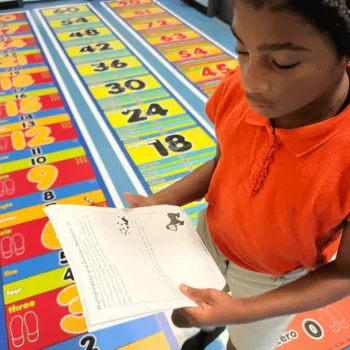

Finland’s curriculum design is guided by the National Core Curriculum, a uniform foundation for local curricula promoting equity in education across the nation. The national framework sets broad objectives, yet local authorities and schools have the autonomy to tailor education. The Finnish curriculum emphasizes transversal competencies like thinking and cultural competence, alongside traditional subjects.
Multidisciplinary modules encourage integrating knowledge across subject areas, too. The pedagogical approach in Finland is strongly student-centered, promoting collaboration, problem-solving, and life skills. Notably, Finland’s education system excludes national standardized tests during basic education (grades 1-9), with teachers assessing progress based on curriculum objectives. The matriculation examination at the end of upper secondary education serves as a school-leaving qualification and university admissions determinant. Essentially, Finland’s curriculum design prioritizes holistic development and life skills rather than test preparation.
In contrast, curriculum design in the United States is largely determined at state and local levels, leading to significant variations in educational content and approach. The Common Core State Standards (CCSS) aimed to increase consistency in English Language, Arts, and Mathematics, but their implementation and impact have varied.
The US curriculum emphasizes subject-specific knowledge and skills, often aligned with state-level standards and standardized tests. Standardized testing plays a pervasive role throughout the K-12 education system in the US, serving purposes including accountability, student progress monitoring, and college admissions (SAT/ACT).
In the US, academic performance is measured and reported through a Grade Point Average (GPA). The emphasis on standardized testing in the US education system may lead to a focus on test preparation and rote memorization, potentially at the expense of deeper understanding and critical skills. While Common Core aimed for greater uniformity, the inherent decentralization of the US system has, ultimately, limited its impact.
Related Reading: How to Teach Multiplication in a Fun, Kinesthetic Way
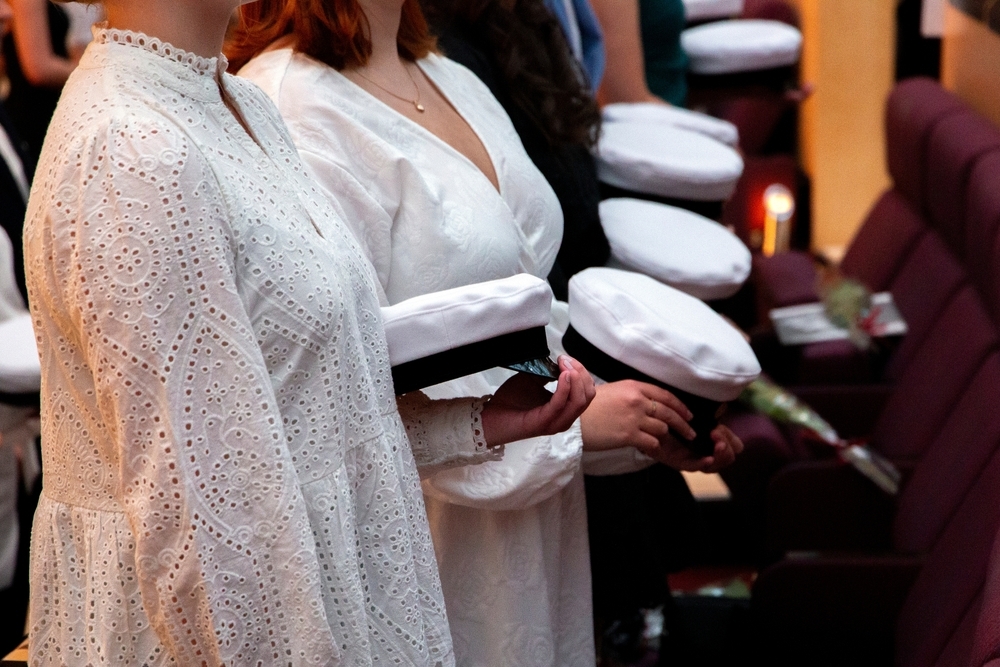
The strong emphasis on equity within the Finnish education system contributes to relatively small achievement gaps between students from diverse socioeconomic backgrounds.
The curriculum’s focus on deeper learning and critical thinking skills is also believed to play a significant role in these positive outcomes. Finland’s sustained high performance in international comparisons — despite having less instructional time and prioritizing well-being over extensive standardized testing — suggests that its educational philosophy and pedagogical practices are highly effective in promoting student learning and development.
In contrast, the academic performance of students in the United States on international assessments generally hovers around the average for OECD countries, with some areas, such as mathematics, raising concerns. The US education system exhibits significant achievement gaps between different student groups, particularly when considering race, ethnicity, and socioeconomic status.
The strong emphasis on standardized testing in the US may inadvertently lead to a greater focus on skills that are easily quantifiable through such tests, potentially at the expense of other important aspects of learning. The persistent achievement gaps observed in the US, despite higher per-student spending in many instances, suggest the presence of systemic issues related to equity, the allocation of resources, and the potential influence of high-stakes testing on the overall educational landscape.
Related Reading: How to Successfully Integrate Tactile Learning into Your Classroom
Finland’s education system is deeply committed to equity, ensuring that all students, regardless of their background, learning needs, or socioeconomic status, have access to high-quality education. That commitment is reflected in the comprehensive support systems available in Finnish schools, including free meals, transportation, and healthcare services. Finland also emphasizes inclusive education, with a strong focus on integrating students with special needs into mainstream classrooms. It’s an approach that aims to minimize achievement gaps and provide equal opportunities for all learners.
The United States is actively working to address equity and inclusion in its education system. Programs like Title I and special education services under the Individuals with Disabilities Education Act (IDEA) provide resources for disadvantaged students.
However, continued efforts are needed to close persistent achievement gaps and ensure access to resources and support services across school districts.
Early childhood education plays a crucial role in Finland’s education system. Finland provides universal preschool and daycare, emphasizing play-based learning to encourage social, emotional, and cognitive development. Formal schooling begins at age seven, allowing children to develop essential life skills through play before focusing on academic subjects.
In the United States, early childhood education varies significantly across states and districts. While some states offer publicly funded preschool programs, access is not universal. There’s also an ongoing debate about the balance between play-based and academic learning in early childhood education. The age at which children start formal schooling also varies by state, typically between ages five and eight.
Related Reading: The Mighty Multiplication Project Increases Fact Fluency
As we dissect Finland vs. US education, the disparities are stark yet profoundly illuminating. The Finnish model, with its emphasis on equity, teacher autonomy, and play-based learning, showcases remarkable outcomes, consistently earning them a top education ranking.
This begs the question: can the US, grappling with its own unique challenges, learn any insights from this success? The education system in Finland vs USA debate reveals a pressing need for change. Are you, as an educator or administrator, ready to rethink your approach?
Imagine a classroom where learning transcends traditional boundaries, where the joy of movement ignites a passion for knowledge.
Consider the dynamic approach of Math & Movement. Our kinesthetic and multi-sensory programs, designed for students from preschool to 5th grade, blend physical activity with core academic concepts. Multiplication, division, and fractions are transformed into engaging movement-based games where every step and leap reinforces learning.
This isn’t just about burning energy. It’s about harnessing a child’s innate love for movement to make learning an exhilarating adventure. Teachers, too, discover new pedagogical horizons through our immersive workshops, experiencing firsthand the power of movement-based instruction.
The US education system needs this infusion of joy, this bridge between learning and fun. But how do we implement such a shift?
What if you could easily improve your entire school’s learning approach? Education in Finland provides a blueprint, and Math & Movement provides the tools. We know the challenges of integrating movement into your curriculum, and we’ve created a solution.
Built for Busy School Schedules
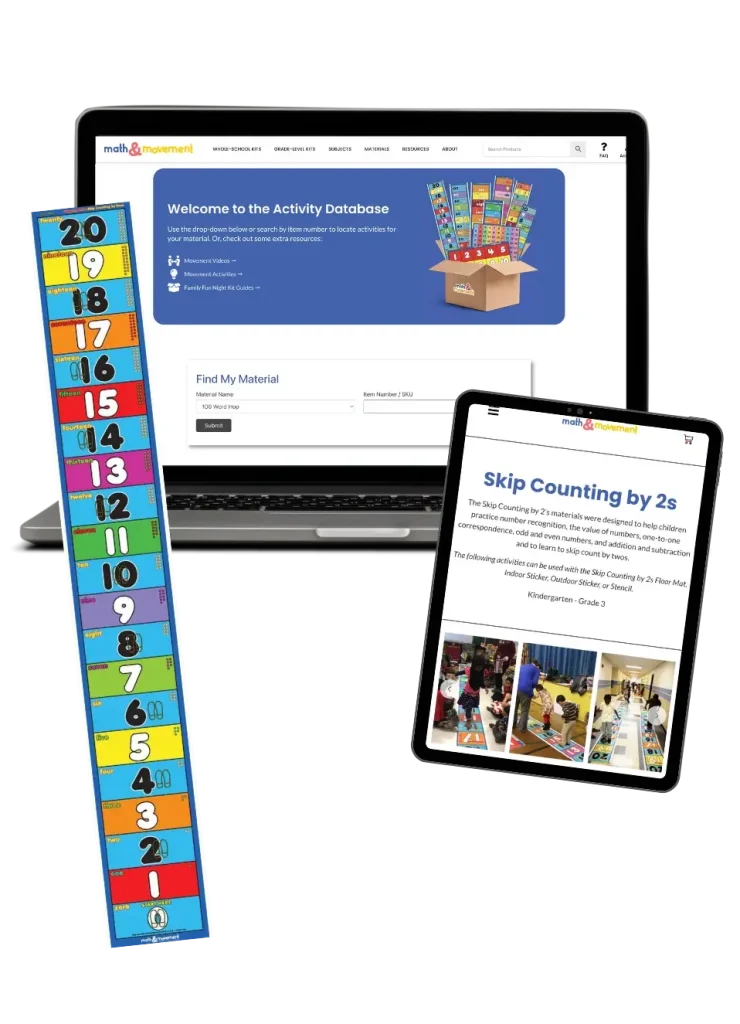
Identify your school’s grade levels and instructional priorities—we’ll recommend the kits and materials that best support your academic goals.
Our materials come with free, ready-to-use activities—making it easy for teachers to add movement to lessons with minimal prep.
Most activities require little to no prep. Just roll out the mat and start teaching with movement.
Use activities as warm-ups, classroom lessons, or interventions. Also add to family engagement events, summer learning, and afterschool programs.
Our U.S.-based support team is dedicated to helping your school succeed with movement-based learning. Easily plan virtual or in-person PDs for your staff.
Don’t just dream of a more engaging classroom; make it a reality. Explore our Whole School Kits, a comprehensive solution designed to bring the transformative power of movement to every subject. These kits are meticulously crafted to align with state standards, providing ready-to-use activities that easily integrate into your existing curriculum.
Revolutionize your teaching approach and watch as student engagement and achievement soar!
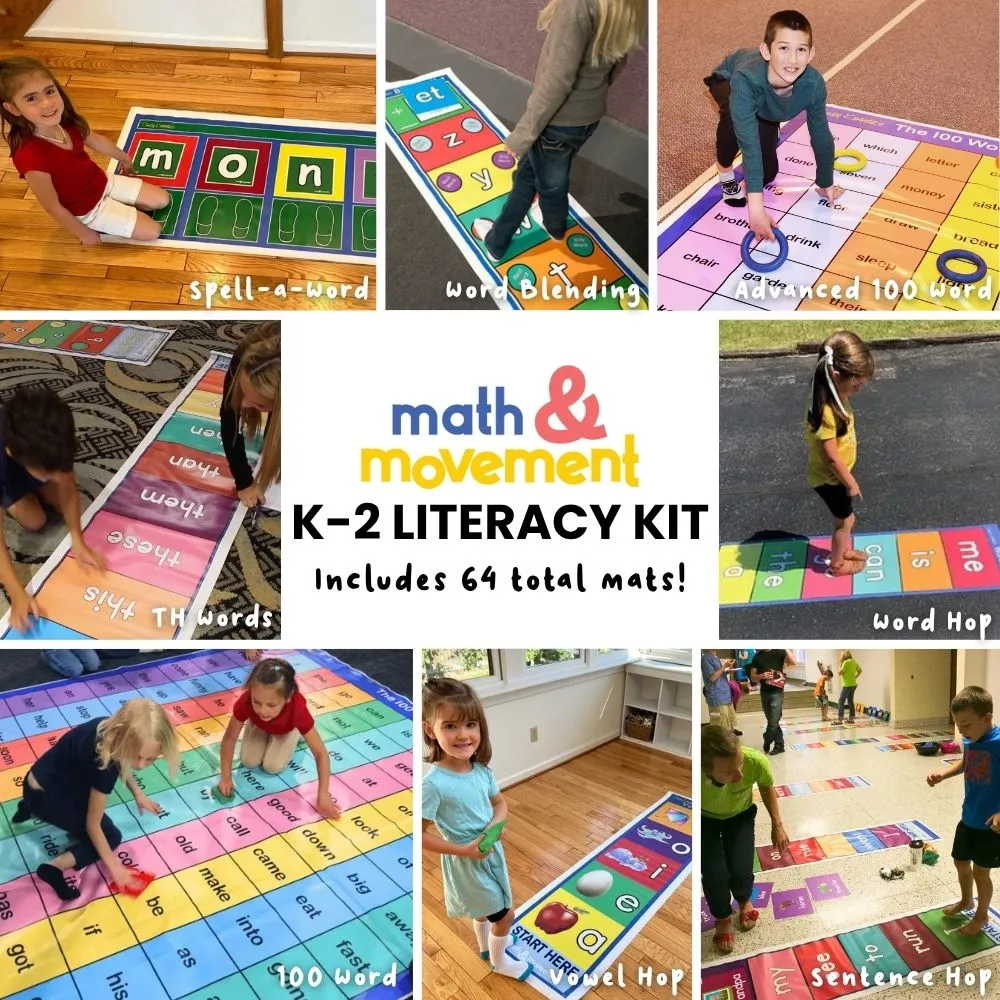
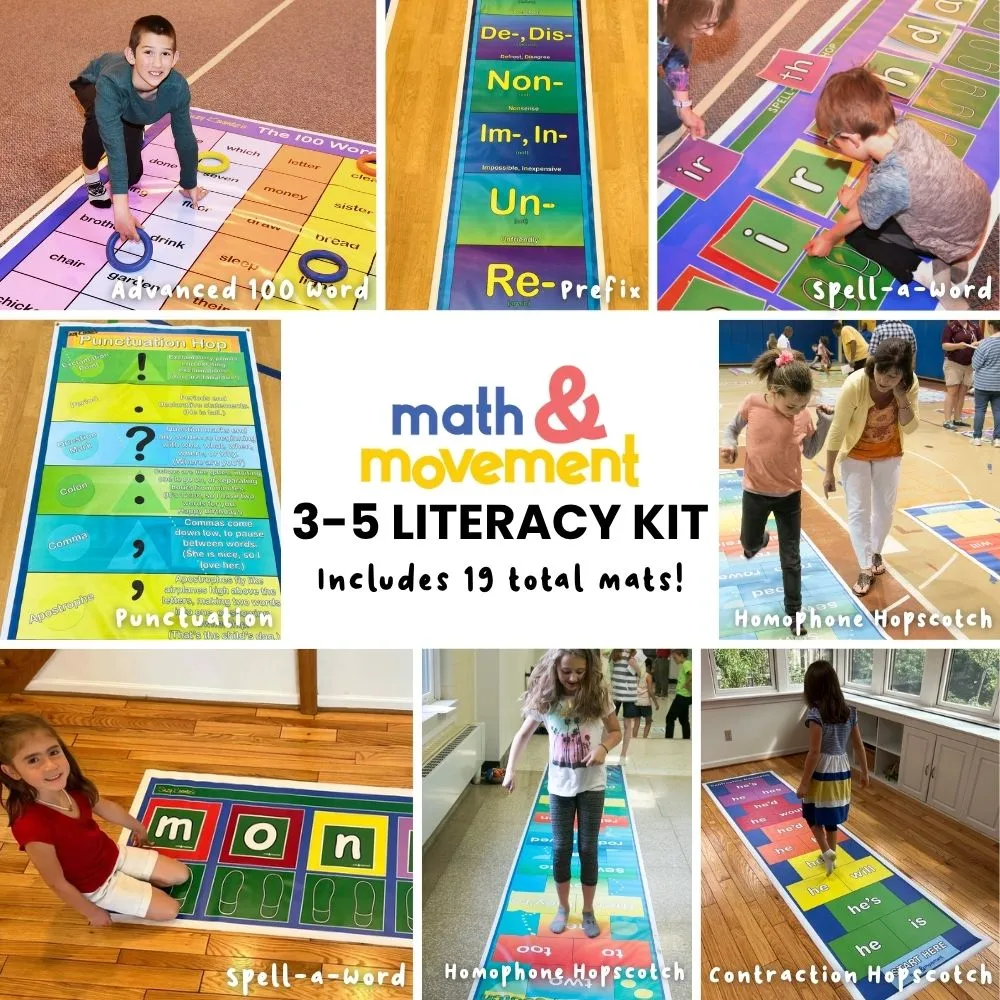
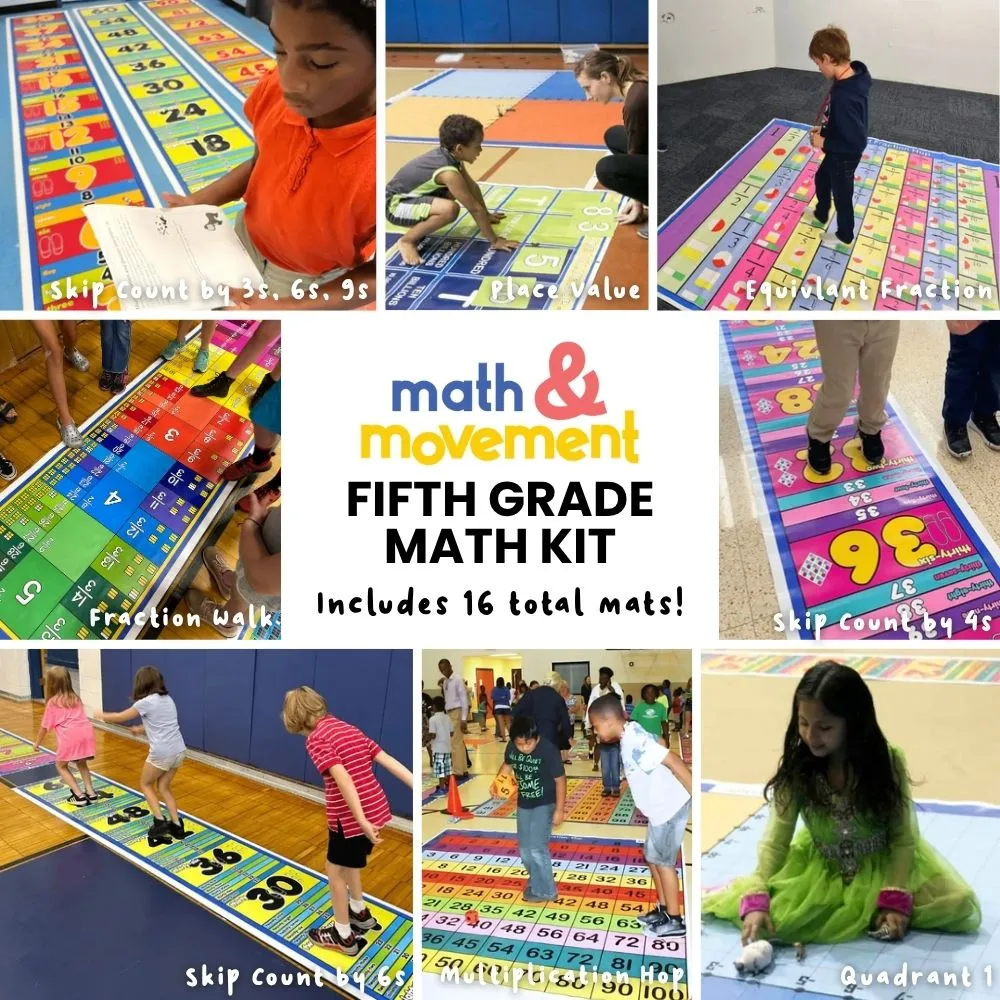
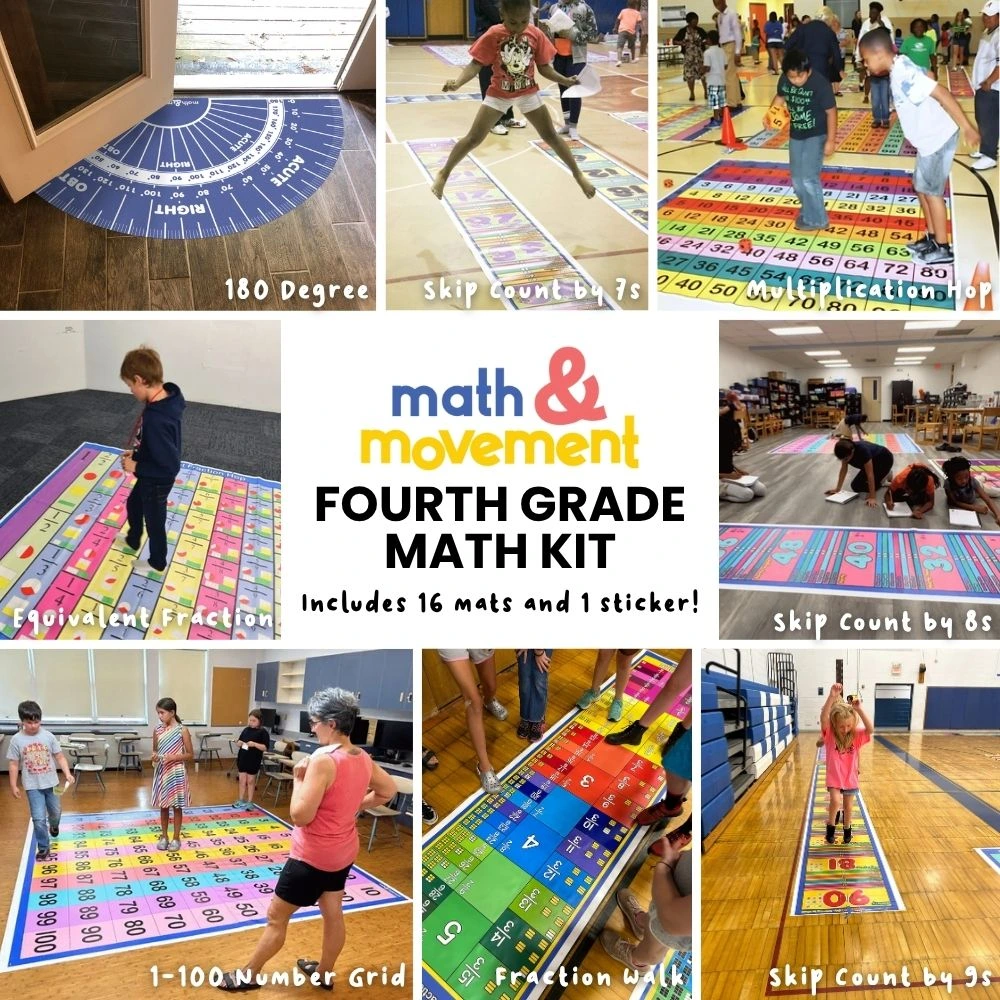
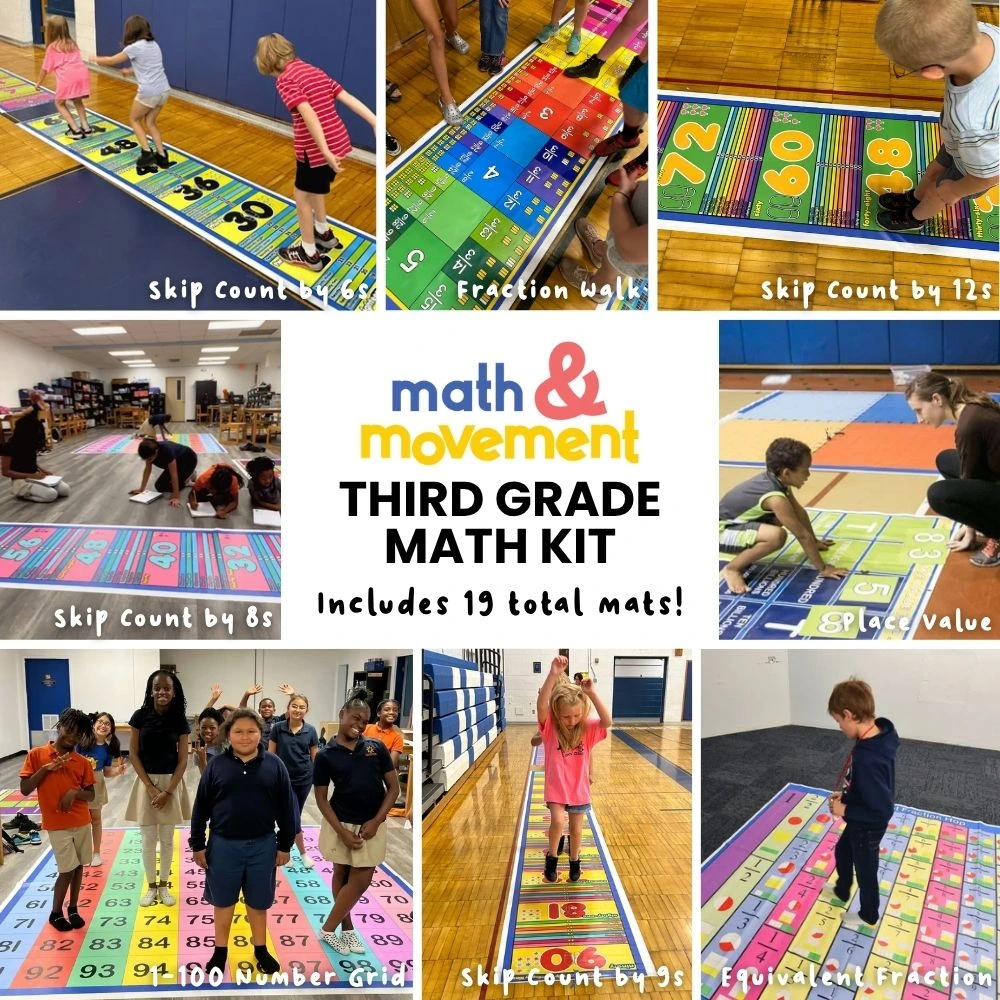
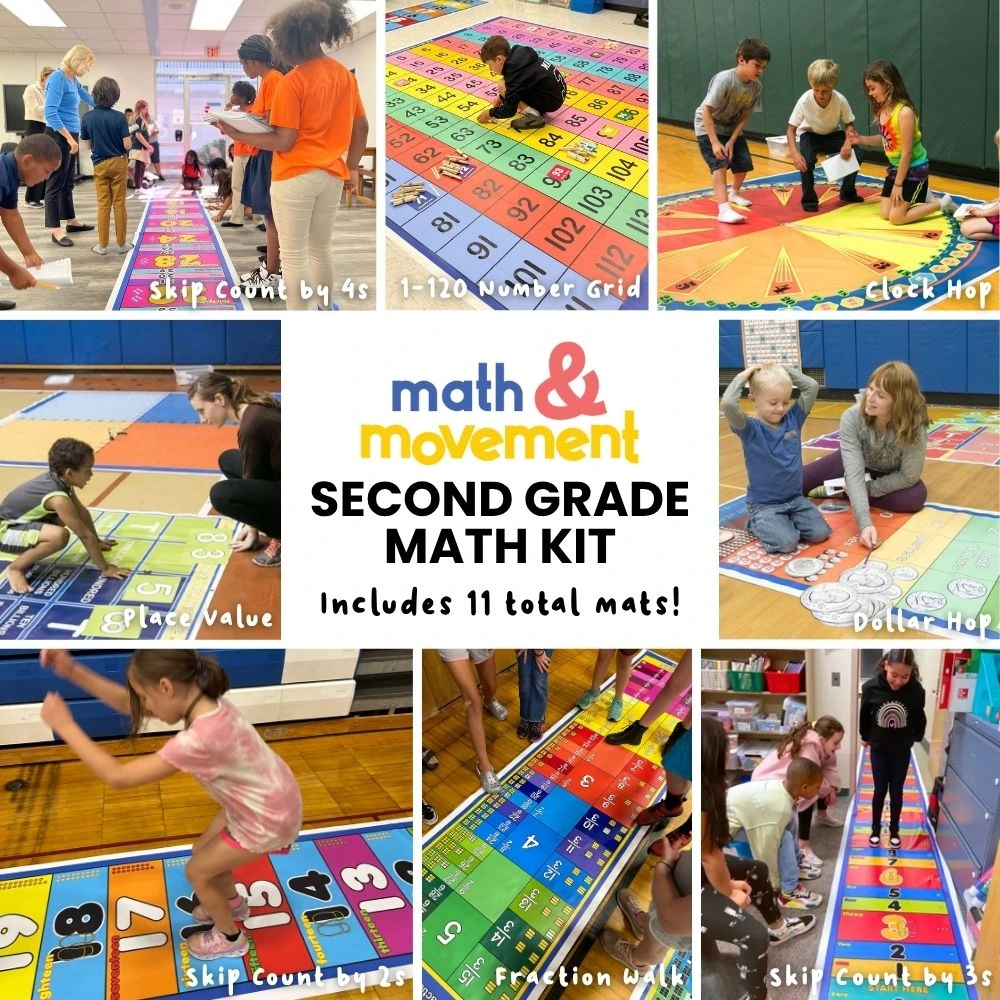
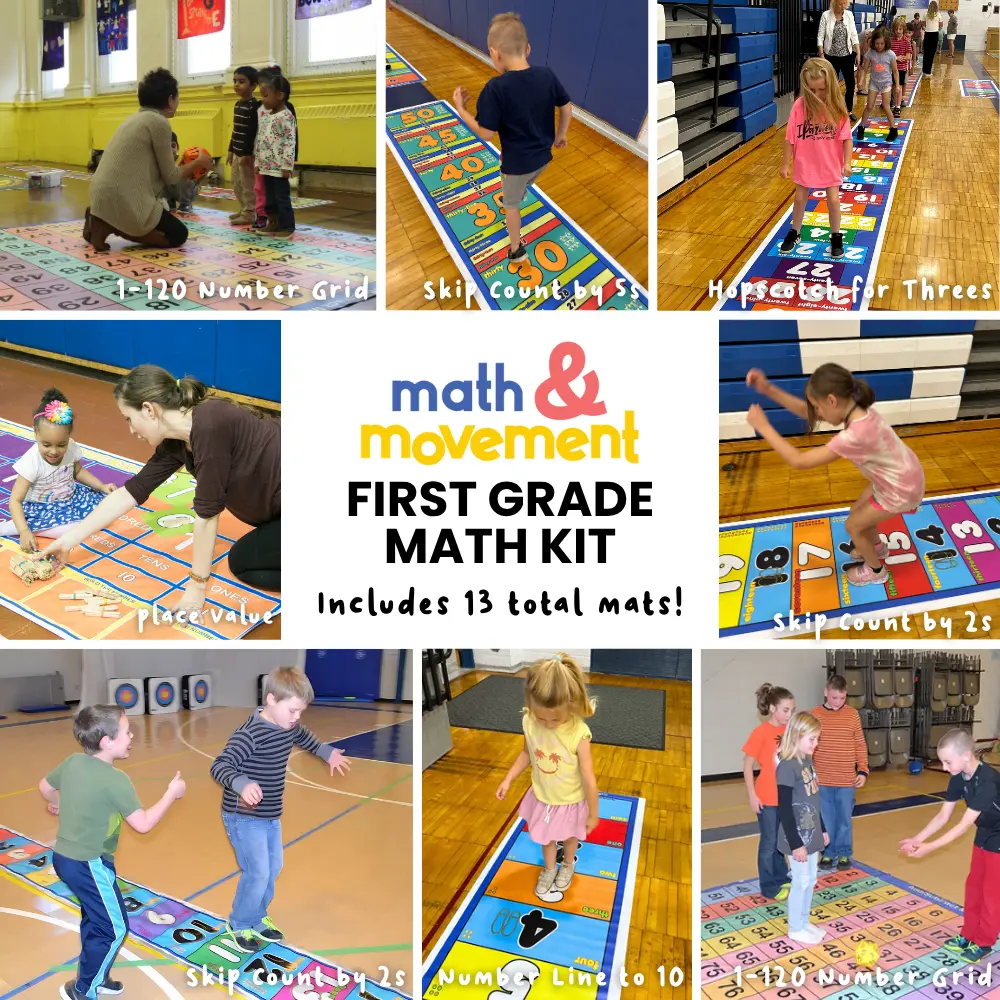
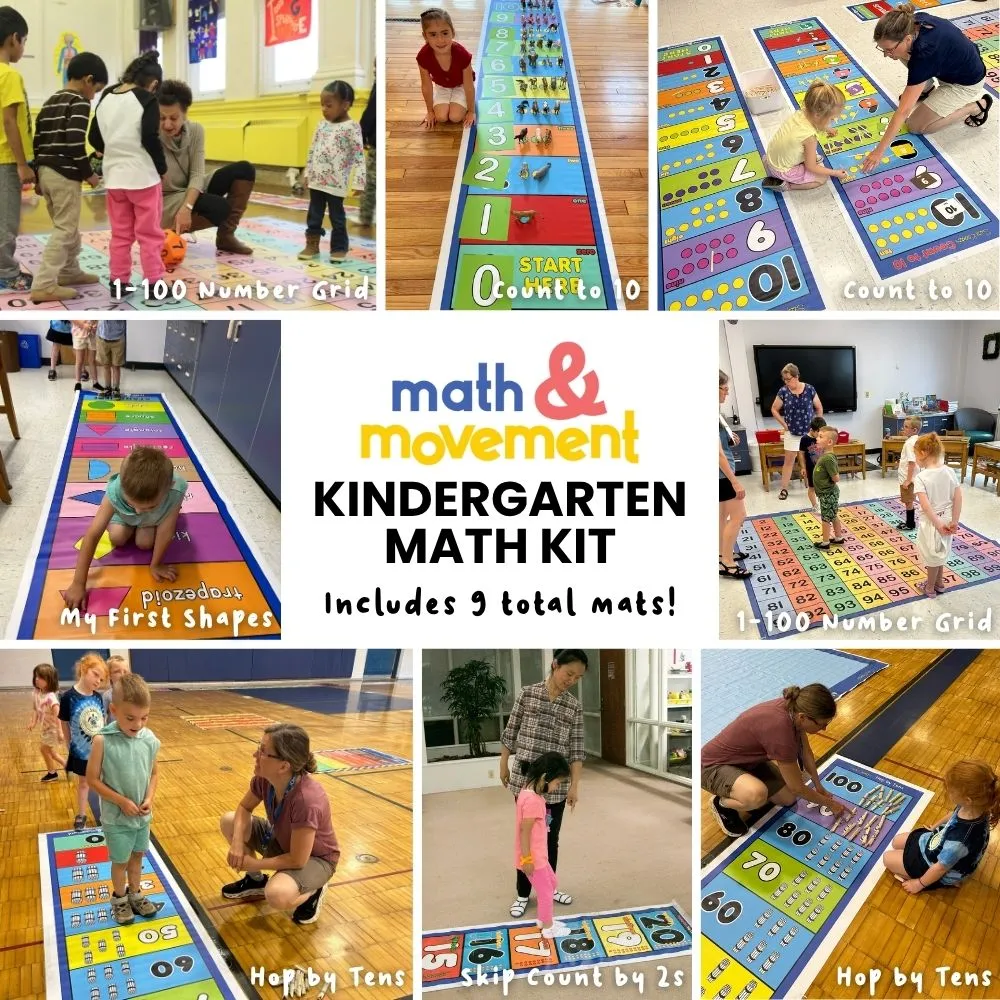
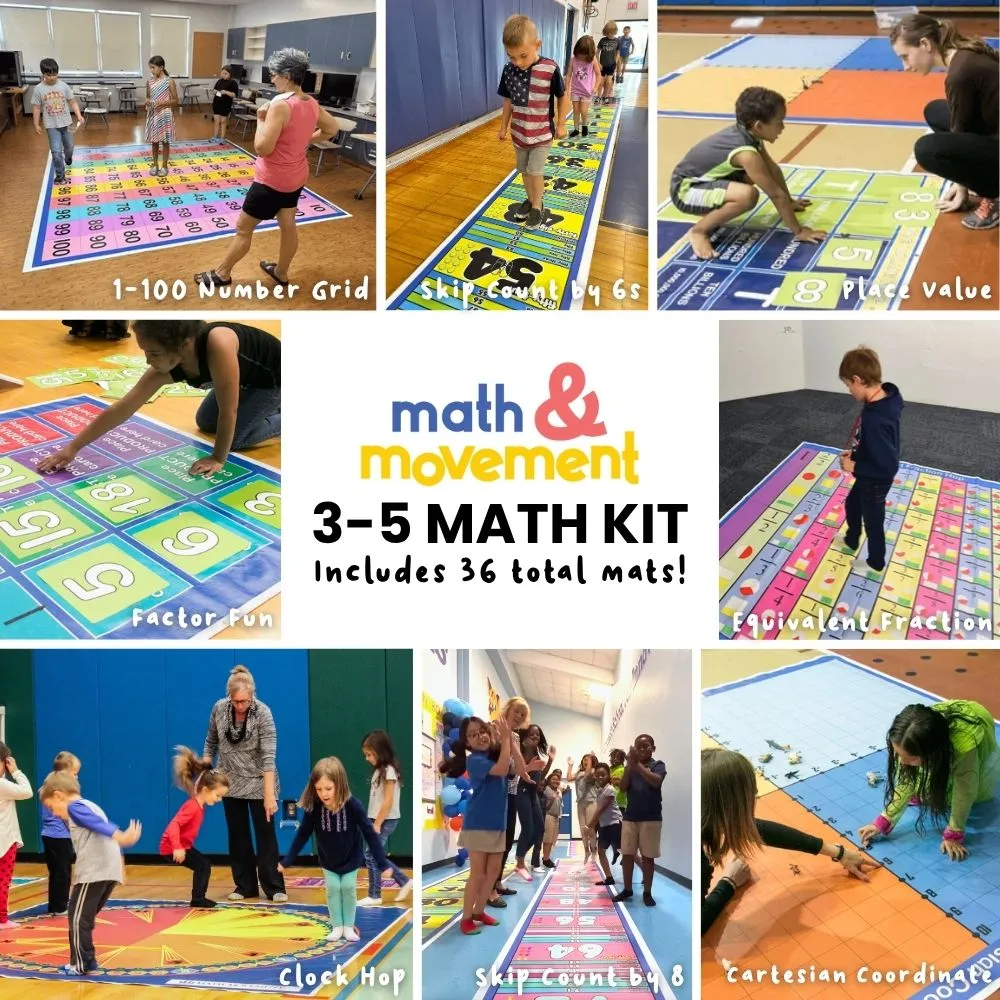
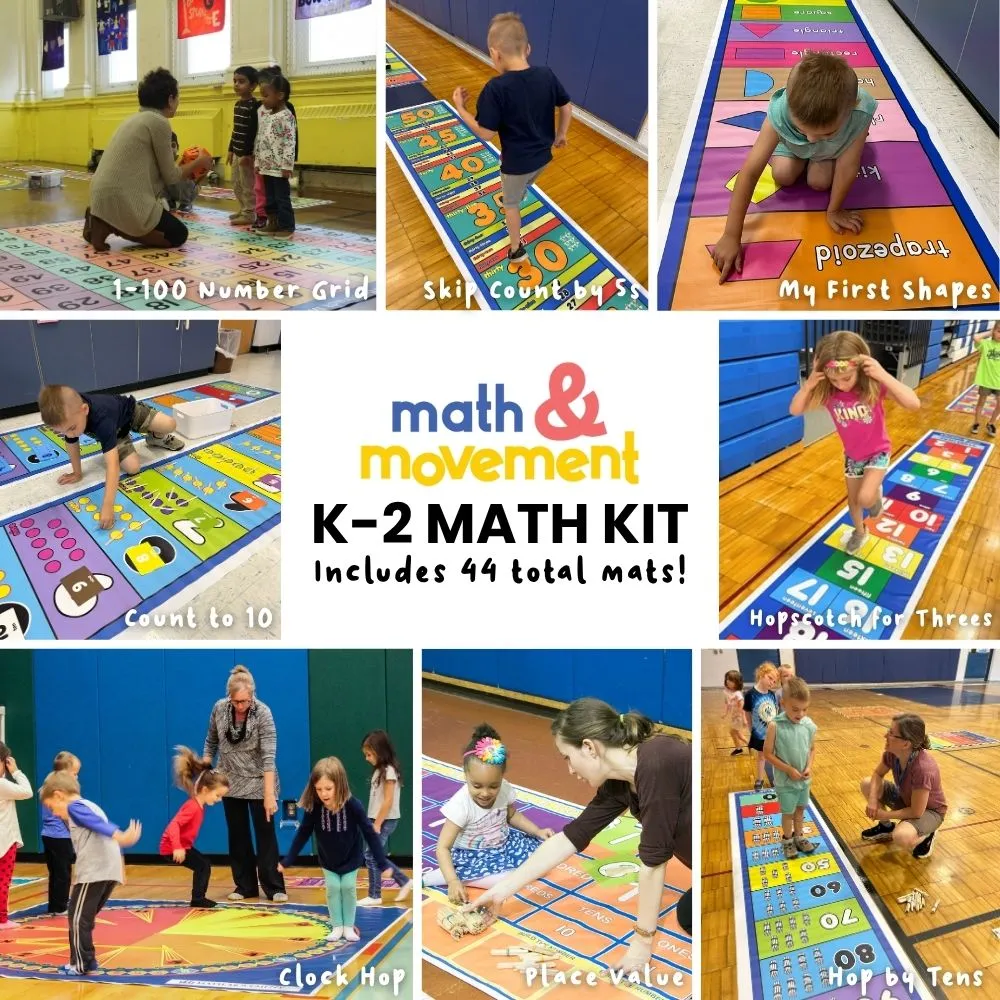
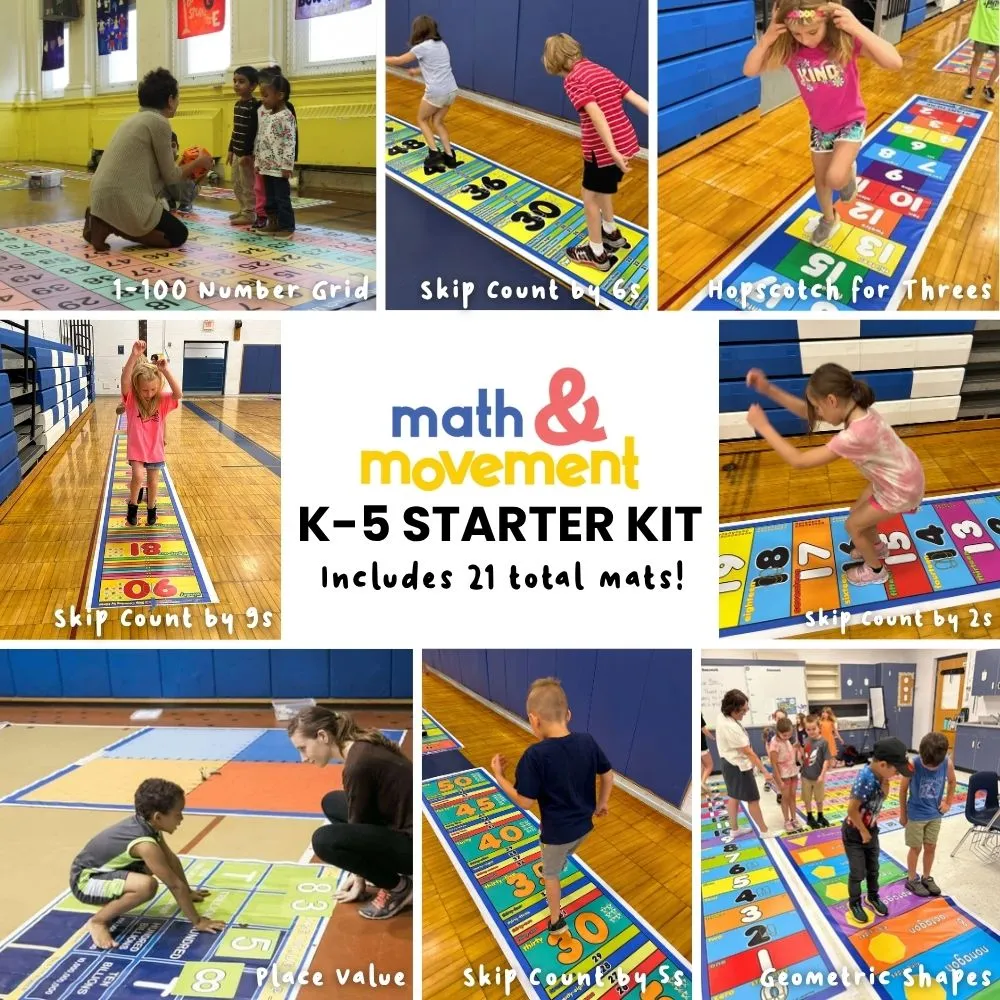
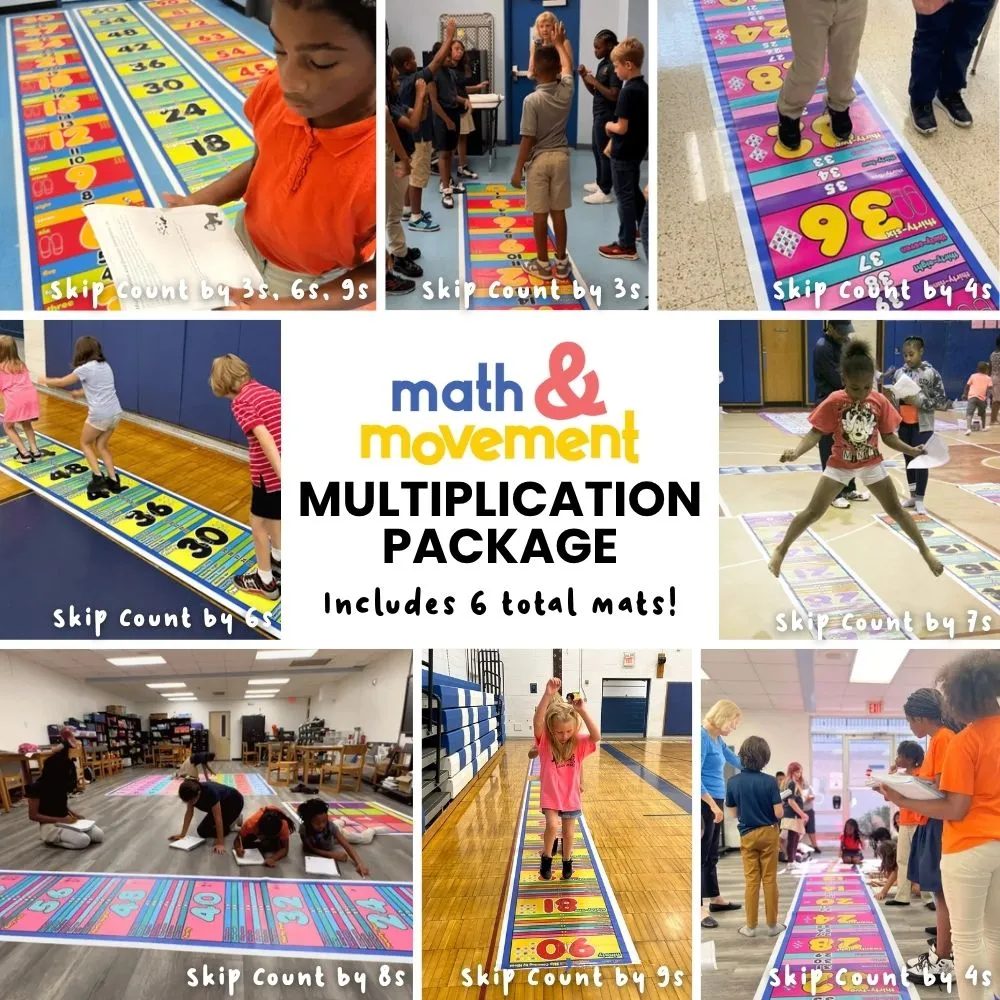

Suzy Koontz, CEO and Founder of Math & Movement, has spent over 25 years helping students achieve academic success. She has created over 200 kinesthetic teaching tools adopted by schools nationwide and has authored over 20 books. As a sought-after national presenter, Suzy shares how movement can transform the way students learn.
Movement isn't just for recess
Want to get started with movement-based learning right now? Enter your email to get our training manual with over 250 active math movements. No materials necessary!
Subscribe to Our Newsletter
We never share or sell your data.
Please leave your email and a quick note for us. We will get back to you soon! In the meantime, here are answers to some of our most common questions:
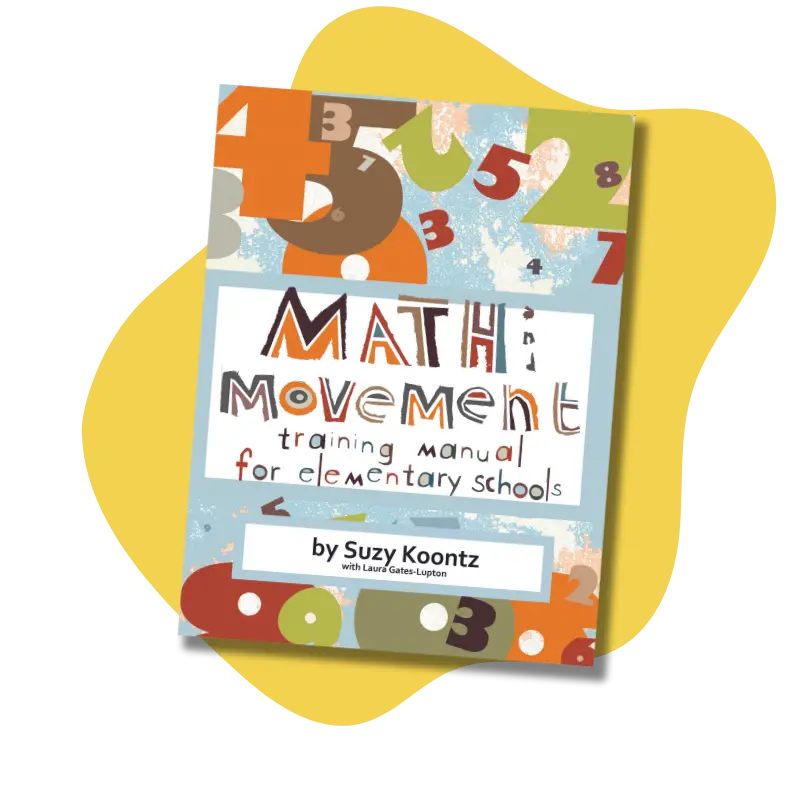
Enter your email to get our training manual with over 250 active math movements. No materials necessary!
We never share or sell your data.